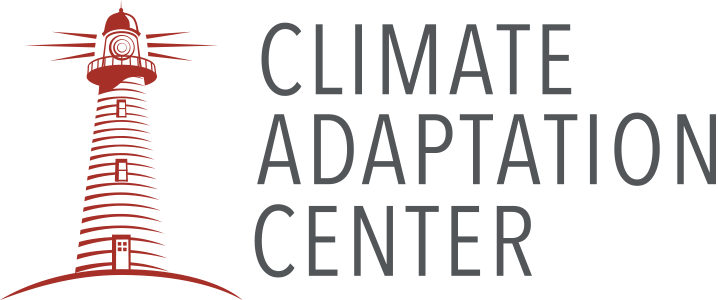Florida has always stood on the frontlines of climate risk. Rising seas, stronger hurricanes, and mounting flood impacts are familiar challenges. But as emphasized throughout the conference, one of Florida’s most fragile defenses is now its home-insurance system — the financial backbone that enables recovery and adaptation.
Over the past few years, homeowners’ insurance non-renewals in Florida have surged by an alarming 280% between 2018 and 2023. Insurers cite escalating climate-driven risks — hurricanes, flooding, and sea-water intrusion — as reasons for higher premiums, stricter terms, or complete market withdrawal. These numbers were not abstract statistics at the conference; they were personal stories shared by residents, community leaders, and policymakers all facing the same reality — risk is becoming uninsurable.
And that, as the panels repeatedly underscored, changes everything. Without accessible and affordable insurance, rebuilding after storms becomes nearly impossible. Mortgage access tightens, home values erode, and investments in community resilience falter. Adaptation, therefore, must extend beyond physical infrastructure — it must include financial resilience.
A key discussion at the conference highlighted how local adaptation projects — such as living shorelines or mangrove restoration — only go so far if insurance coverage continues to vanish. When insurers pull back, the financial burden shifts to homeowners, taxpayers, and public insurers of last resort, threatening the entire adaptation ecosystem.
Still, the tone of the conference was not despair but determination. Florida’s “My Safe Florida Home” initiative was spotlighted as a step toward reconnecting physical and financial resilience — helping homeowners fortify roofs, windows, and doors, lowering both disaster losses and insurance risks. Speakers called this the new model for adaptation: linking home-hardening investments with insurance reform to make resilience economically sustainable.
As discussions wrapped up, several key questions remained on the table:
-
How can adaptation funding and insurance reform work hand-in-hand to keep communities insurable?
-
What public-private insurance partnerships can help spread climate risk more equitably?
-
Where should Florida prioritize adaptation efforts as insurance markets continue to contract?
The takeaway is clear: the state’s crumbling insurance safety net is not just an economic issue — it is a climate adaptation issue.

